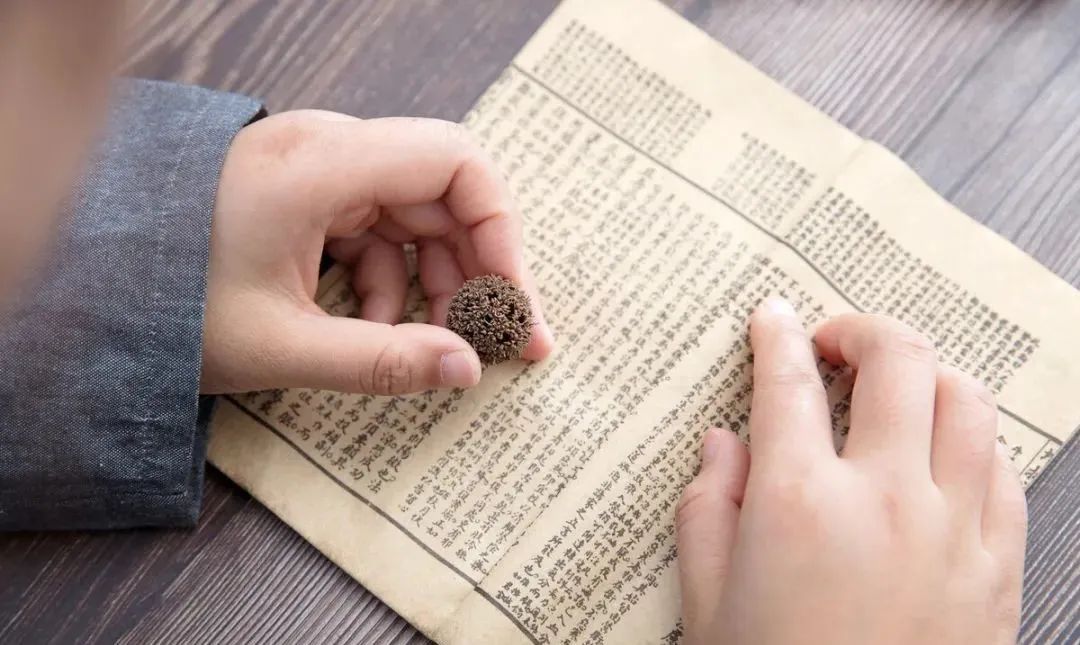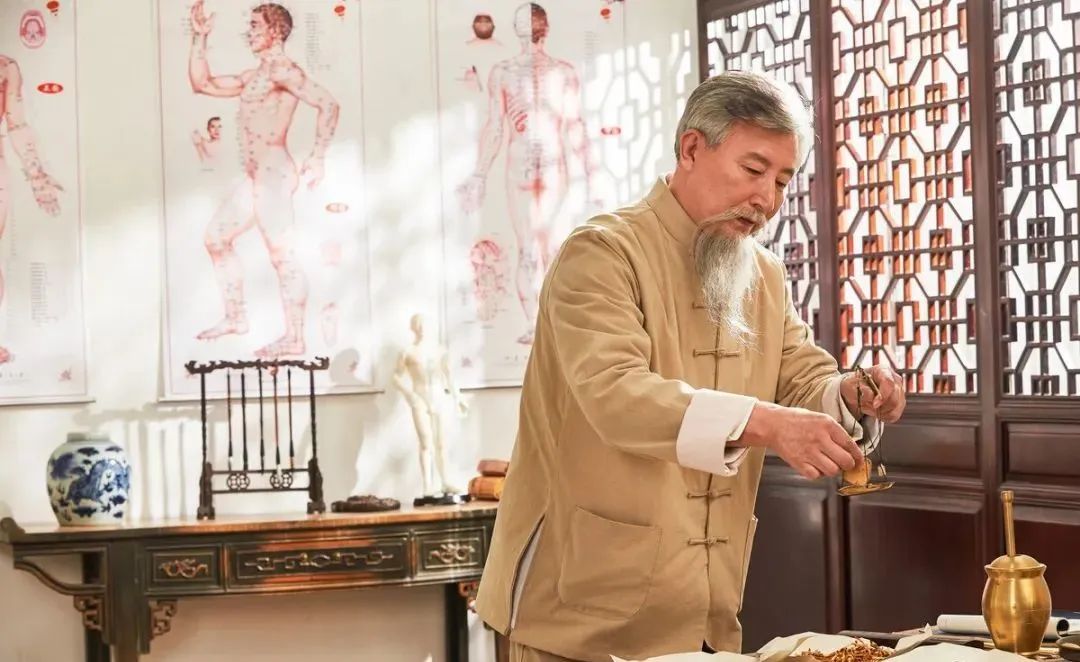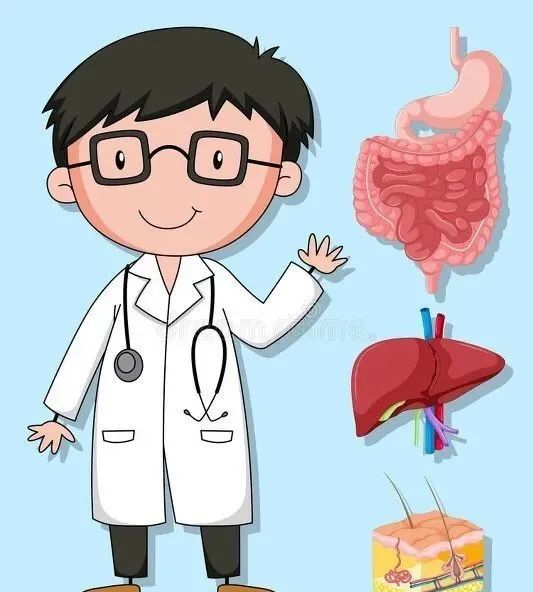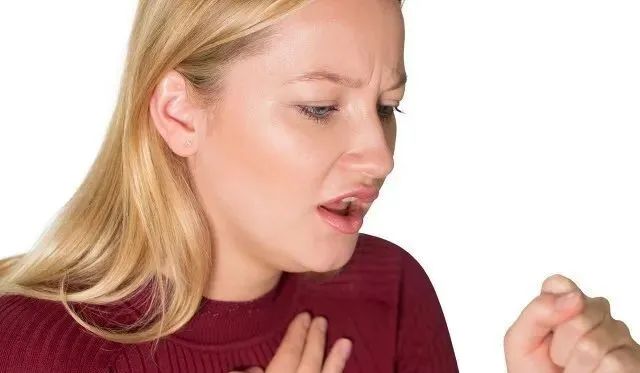Eliminating damp-heat has always been a topic of great concern. This is because damp-heat issues are both common and troublesome, to the extent that the Yuan dynasty physician Zhu Danxi stated in his work “Ge Zhi Yu Lun,” “Among the six qi, damp-heat accounts for eight or nine out of ten diseases.” Since Mr. Zhu said this, the problem of damp-heat is not surprising. But how can we effectively eliminate damp-heat? This must start from the causes and mechanisms of damp-heat diseases.

In nature, there are six types of pathogenic qi: wind, cold, summer heat, dampness, dryness, and fire. Any one or several of these can invade the human body and cause illness. The characteristics of these six qi in nature are mirrored in the human body. For example, when we step onto a muddy road on a rainy day, we feel it is sticky and heavy, right? Similarly, the characteristics of dampness in the human body are akin to this. It is precisely this sticky nature of dampness that makes damp diseases long-lasting and prone to recurrence.
Moreover, dampness does not act alone; it often brings along other pathogenic factors (such as wind-damp, cold-damp, and damp-heat) to create chaos together. Among these, damp-heat is the most common. Therefore, the Qing dynasty physician Xue Xue stated, “Heat is the qi of heaven, dampness is the qi of earth; heat exacerbates dampness, and dampness exacerbates heat,” indicating that dampness and heat rely on each other’s unruliness to conspire within the body, which is also the reason why damp-heat diseases are so troublesome.

Given this, to tackle the stubborn damp-heat, we must adhere to a principle—differentiation and accuracy. So how do we do this specifically? The primary focus should be on the three jiao (san jiao):
The three jiao is the largest organ in the human body, divided into the upper jiao (shang jiao, including the heart and lungs), the middle jiao (zhong jiao, including the spleen and stomach), and the lower jiao (xia jiao). Thus, the three jiao is like a house with three rooms, and with such a “three-room” structure, damp-heat can thrive; it will choose to reside in whichever “room” it prefers, sometimes even occupying two or three rooms.
Therefore, from this structural perspective, we should differentiate and eliminate damp-heat from the upper, middle, and lower jiao.

In TCM, it is said, “The upper jiao is like mist, the middle jiao is like bubbles, and the lower jiao is like a ditch.” Thus, we can imagine a scene in our minds—the upper jiao is shrouded in mist, with a “building” of the lungs. The lungs’ function of dispersing fluids upwards and outwards to the skin is akin to the beauty of a fountain in the mist, right?
However, once the body suffers from internal dampness due to dietary strain or emotional distress, combined with external dampness, and if there is also stagnant heat, this leads to damp-heat. If this damp-heat accumulates in the upper jiao, it can severely damage the beauty of the upper jiao! The lung’s “fountain” cannot function normally, the clear yang cannot rise, and the fluids cannot reach the mouth and skin, leading to symptoms such as chest fullness, cough, phlegm, thirst, dizziness, and a heavy body. Additionally, due to the presence of heat, one is also prone to sweating.

In response to the above situation, we should select herbs that focus on dispersing lung qi and promoting fluid distribution (because whoever’s territory it is, they should take charge). Therefore, we need to activate the lung’s dispersing function, allowing the lung’s “small fountain” to continue to spray fluids to the mouth and skin. This requires the use of aromatic herbs that are pungent and floating, such as Guang Huo Xiang (Agastache rugosa) and Pei Lan (Eupatorium fortunei), etc. Once the lung’s dispersing function is restored, the dampness will gradually dissipate.
Additionally, regarding the damp-heat of the upper jiao, there is a representative formula called San Ren Tang (Three Seed Decoction)—this formula comes from the Qing dynasty physician Wu Jutong’s “Wen Bing Tiao Bian: Upper Jiao Chapter,” which everyone should familiarize themselves with. Compared to the damp-heat issues of the middle and lower jiao, upper jiao damp-heat is relatively rare, and there are not many patent medicines available for this condition. Therefore, in subsequent articles, we will continue to popularize the mechanisms and medications for middle and lower jiao damp-heat. Interested friends please follow “Yao Wen Hui.”

Note: Some text and image resources in this article are sourced from the internet. The purpose of reprinting this article is to convey more information. If there are any errors in source attribution or if your legal rights have been infringed, please immediately leave a message in the background to notify us. If the situation is verified, we will delete it promptly and apologize to you.

